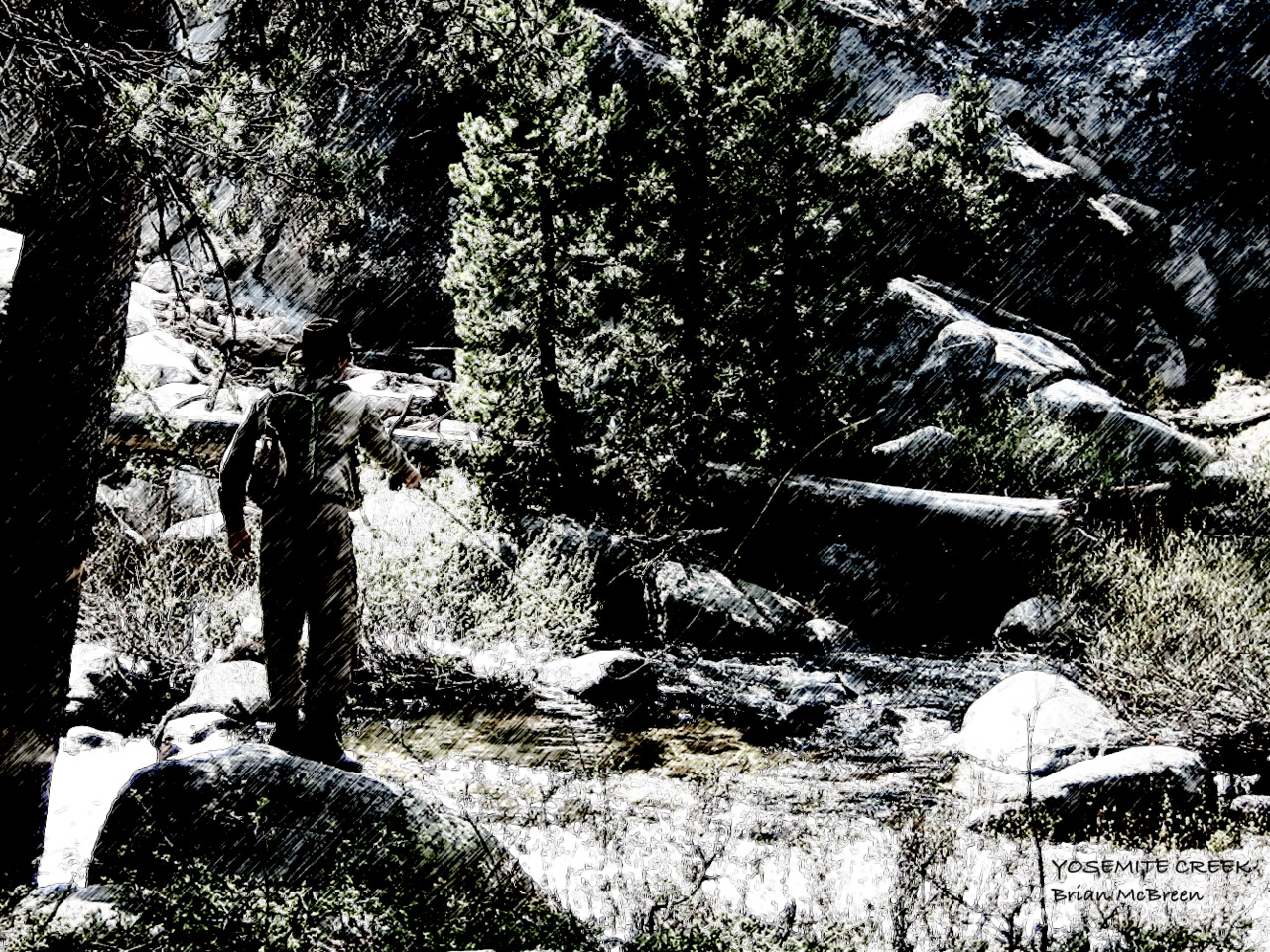Back in the heady days of the dot com boom, a close friend convinced me to interview with an exciting company down in San Diego. They were a mature company that had been bitten by the Internet bug, added .com to their marquee, and were rapidly expanding their web department. You can guess how it all eventually turned out.
While I was waiting to interview with the head of the web department, I was struck by a quotation he had framed on his wall. Something about “minds engaged in intellectual combat”. It really struck a cord with me, but alas, in the heat of the moment I neglected to jot it down.
They made me a compelling offer which after much consideration I declined in order to remain in the Los Angeles area to finish a degree program. It was a tough decision, but as I look back, it was the right one. The quote, however, gnawed at me. I called my friend who worked there and made the absurd request that he peek into that department head’s office and copy down the quote for me. He couldn’t possibly imagine I was serious and declined. Same thing when I asked him again.
So years passed and as I grew to lead teams of my own, one of the principles I espoused to my smart, opinionated and strong-willed staff members was the idea of constructive conflict. I felt strongly that without vigorous debate, the best ideas would not arise in our work. I described it many ways, but I knew that quote I read back in that office summed it up the best. I just couldn’t for the life of me remember enough detail to produce a good Google result.
Speaking of Google, a few weeks ago I decided to look for that department head and solve this mystery once and for all. Sure enough, I came across a page that not only mentioned him, but provided a recent email address. You gotta love the Internet. I sent a quick email explaining my predicament, and much to my delight, received a courteous (and probably curious) response from him including the quotation. Finally…
“The only consensus worth having is a creative one achieved in the combat of fully engaged intellects. Such a consensus is born of sleepless nights, fear of rejection, and trials of personal courage. Conflict, which usually presages growth, is the hallmark of such consensus.”
Jim McCarthy
Yep, that was it. Still as compelling today as it was when I read it almost a decade ago. So, I returned to my life happy in the notion that I had solved that mystery. But strangely, another question started to brew, who was this Jim McCarthy? Was it someone I could look up to, or would I be totally embarrassed to find out the quote belonged to a disgraced politician or someone’s obscure father. The name sounded familiar, but I couldn’t quite put my finger on it.
Eventually, an Amazon search turned up several programming books written by Jim McCarthy, one of which, I happened to own (Dynamics of Software Development). That was strange. So I used the neat ‘search inside this book’ feature and the result stopped me dead in my tracks. There was the quote, on page 44, in a book I had read that had been on my office bookshelf for years.
All this time, it had been right in front of me.

